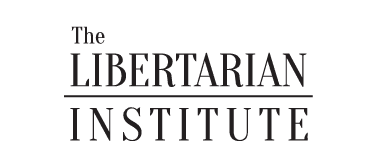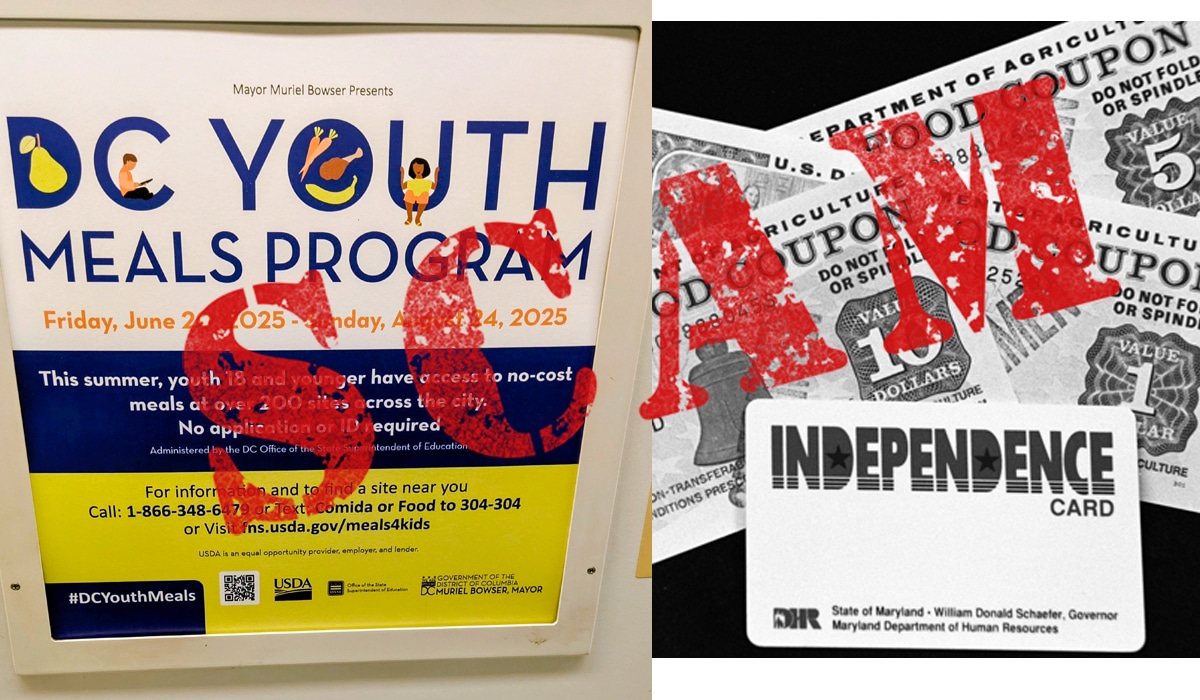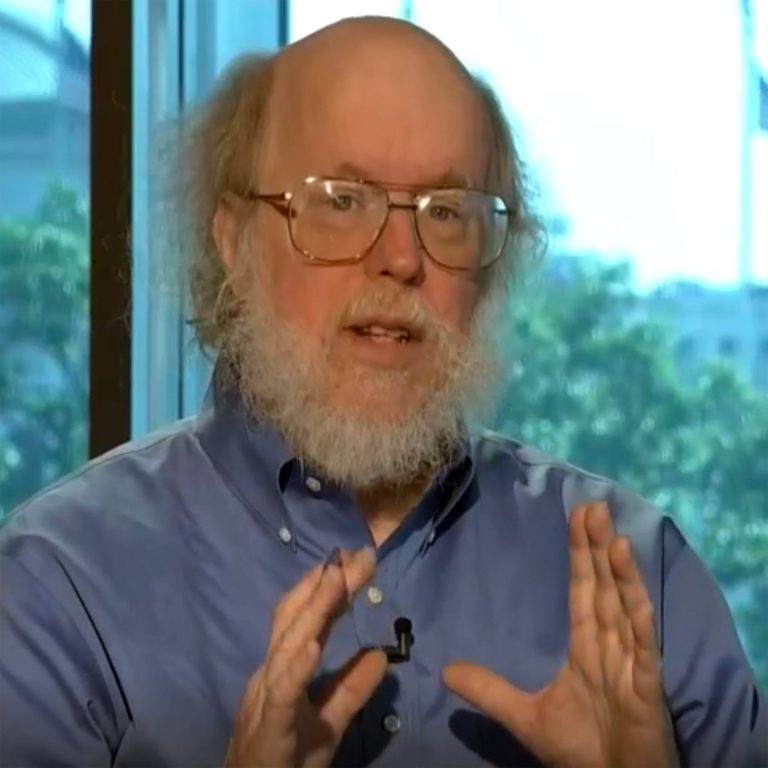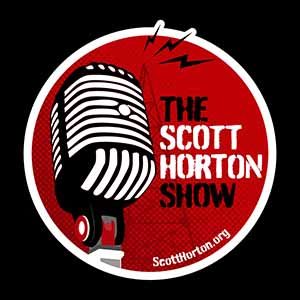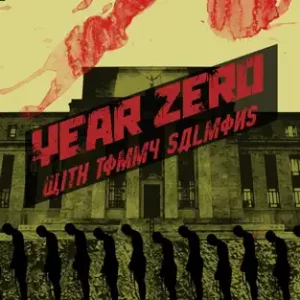The Trump administration is ending one of the biggest statistical scams in Washington. For thirty years, the U.S. Department of Agriculture (USDA) has issued an annual “food security” report that politicians used to fabricate an illusion of mass hunger. USDA announced that it is canceling that annual survey because “the data is rife with inaccuracies slanted to create a narrative that is not representative of what is actually happening in the countryside.” That annual survey was “costly, politicized, and [does] nothing more than fear monger,” USDA said.
Those were some of the most honest statements out of USDA since Agriculture Secretary Earl Butz confessed in 1973 that the federal peanut program was driving him crazy.
USDA annual “food security” surveys mostly tabulate how many people voice concerns about missing meals at some future time or are unable to afford more expensive food which they prefer. If someone fears running out of food on a single day (but didn’t run out), that is considered an indicator of being “food insecure” for the entire year. If someone craves organic kale but can only afford conventional kale, they are “food insecure.” Most of the households that USDA certifies as “food insecure” never ran out of food.
But both President Barack Obama and President Joe Biden falsely claimed that the survey was an actual measure of hunger—even though USDA explicitly states that it doesn’t measure hunger. The Washington Post headline on Donald Trump’s policy change was as deceptive as the Biden White House: “Trump ends annual report on U.S. hunger amid rising food insecurity.”
Eric Mitchell, president of the Alliance to End Hunger, howled that ending the survey signals that “tracking and battling hunger is no longer a priority” for USDA. “It is further troubling that the decision comes amid predictions that hunger may increase in the coming months and years,” Mitchell said. But the deluge in new food handouts in recent years apparently had no positive impact. USDA noted that reported “food insecurity” “remained virtually unchanged, regardless of an over 87% increase in food stamp spending between 2019 – 2023.”
USDA food security reports, by creating the illusion of a national hunger epidemic, have helped propel a vast increase in federal food aid in recent decades. But that has been a dietary disaster across the land. A Journal of the Academy of Nutrition and Dietetics study concluded that “food insecure” adults are far more likely to be obese than “food secure” adults—indicating that a shortage of food is not the real health problem. While politicians portray hunger as the gravest peril for the poor, “seven times as many [low-income] children are obese as are underweight,” according to the Journal of the American Medical Association.
On top of ending the sham survey, the Trump administration is pushing positive reforms for food stamp (also known as the Supplemental Nutrition Assistance Program, or SNAP), including permitting states to prevent using the stamps for junk food and sugar sweetened beverages. Food stamp recipients are twice as likely to be obese as low-income people who do not take food stamps. The American Journal of Public Health reported in 2017 that food stamp recipients had double the likelihood of cardio-related mortality and three times the rate of diabetes-related mortality as the general population and sharply higher risks than food-stamp eligible non-recipients. In August 2021, the Biden administration tacitly invoked obesity to justify the biggest boost in food-stamp benefits in history.
On top of the shady food security survey, food handout advocates also seek to “prove” a national hunger epidemic by the sharp increase in the number of people getting free food at food pantries and other charitable outlets. If prostitutes offered free sex to needy men, the number of males claiming to be sex-starved would skyrocket overnight. If banks offered to hand out free $100 bills to struggling families, the number of people claiming financial stress would quintuple.
Democrats and many liberals have warned for decades that any reduction in food handouts will result in mass starvation. In 2023, then-Rep. Jamaal Bowman (D-NY), who achieved fame for causing a fake fire alarm in a U.S. House office building, claimed that “cutting SNAP will lead to homelessness, incarceration and death for 38 million Americans.”
Similar alarmism has led to perpetually expanding food handouts regardless of whether recipients actually need the aid. In the Washington DC subway, I recently took a photo of a poster for a program encouraging anyone age eighteen or under to have free lunches all summer long thanks to Mayor Marion Bowser (and federal taxpayers). The DC government ran similar free meal programs after school at least since 2021—even though most DC households eligible for food stamps already collect those benefits. Regardless of whether the kids are coming from middle income households, any reduction in the “no questions asked” food handouts will spur political and media hysteria.
In lieu of the bogus food security survey, USDA should devise a gauge for actual hunger in America—something that the National Academy of Sciences recommended almost twenty years ago. Such a gauge could reveal how federal policies impact American families. An accurate survey would be especially helpful as the Trump administration is hellbent on “liberating” grocery shoppers from their paychecks. Trump falsely claimed last month that “groceries [prices] are down.” Actually, grocery price inflation is at the highest rat since 2022. Trump’s tariffs are already helping send coffee prices through the ceiling. Trump claimed that egg prices fell 93% since he took office but his number is Biden-quality blarney.
If federal spending could abolish hunger, it would have vanished long ago. Federal food-assistance spending has increased over thirty-fold since President Richard Nixon promised to end hunger in 1969. But there are more political and media claims of a “hunger crisis” now than back then. The Trump administration’s cancellation of the food security survey is a step towards draining the statistical swamp inside the Beltway.
